In an effort to get to know Santa Barbara better, I’ve been embarking on a series of walks—because you see so much more when you slow down.
From a purely practical perspective, Padaro Lane makes a near-ideal walk: it’s flat and not that busy with cars, and you can park in the Loon Point Beach lot. The only real demerit is the constant freeway noise. You might also experience a train rushing by, but I personally find that exhilarating.
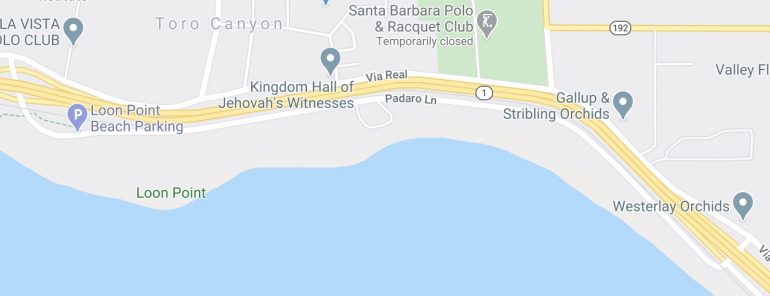
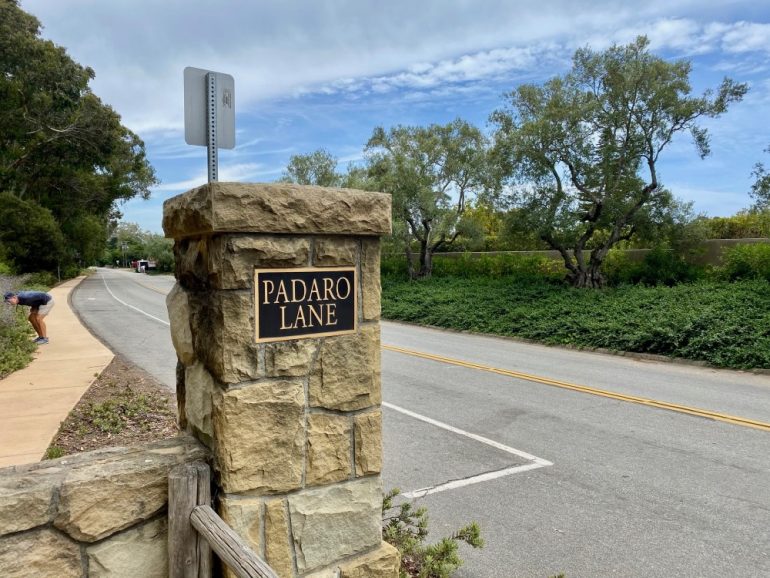 Heading east, the first thing you notice—besides the rather nouveau Padaro Lane signage—is how big the lots are at this end. My husband and I paused to watch a woman try to coax her horse into the truck. The dog was no help.
Heading east, the first thing you notice—besides the rather nouveau Padaro Lane signage—is how big the lots are at this end. My husband and I paused to watch a woman try to coax her horse into the truck. The dog was no help.
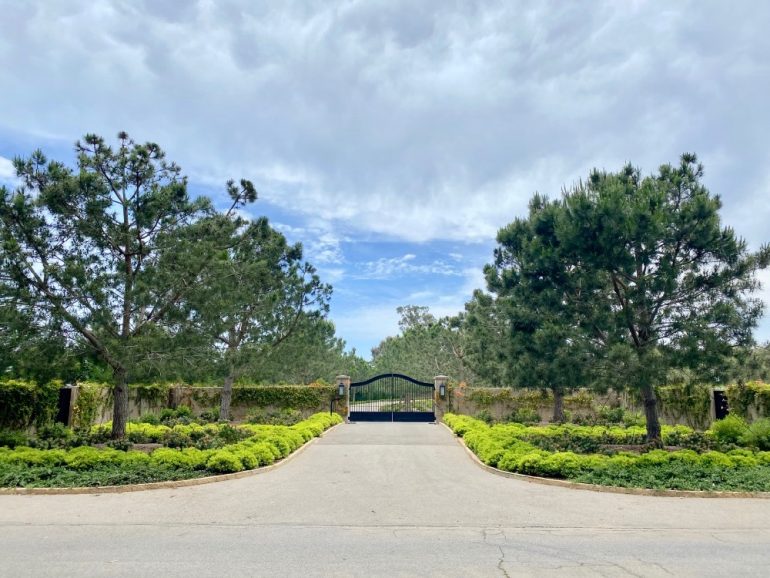
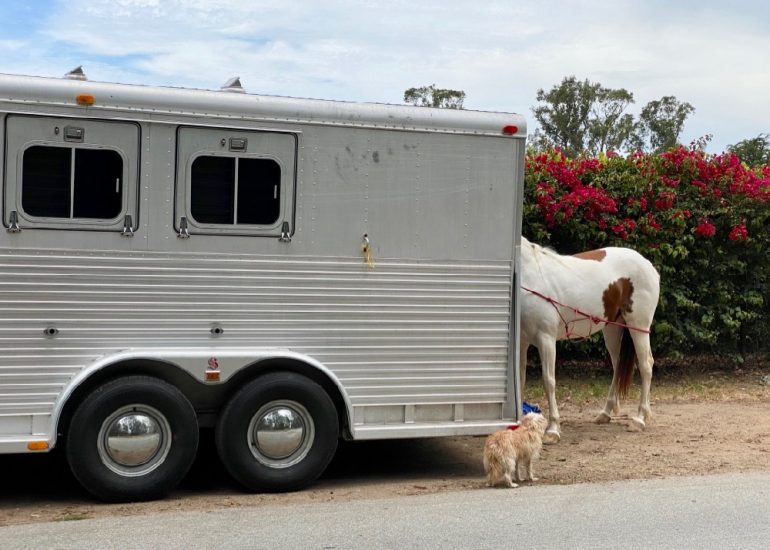 It’s also a bit wilder at this end of Padaro, at least on the freeway side, as you can see from the graffitied railway bridge. I was surprised to spot Queen Anne’s lace, a flower I associate with the East Coast (and I don’t think I’ve ever come across here).
It’s also a bit wilder at this end of Padaro, at least on the freeway side, as you can see from the graffitied railway bridge. I was surprised to spot Queen Anne’s lace, a flower I associate with the East Coast (and I don’t think I’ve ever come across here).
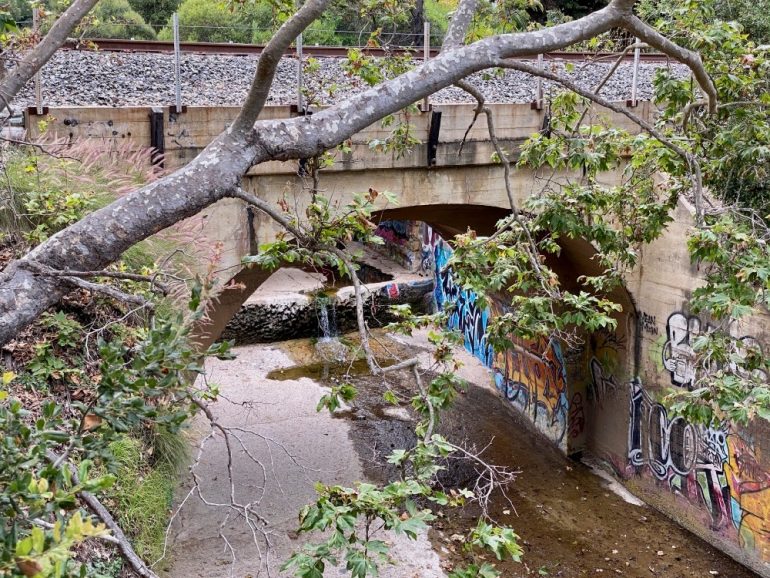
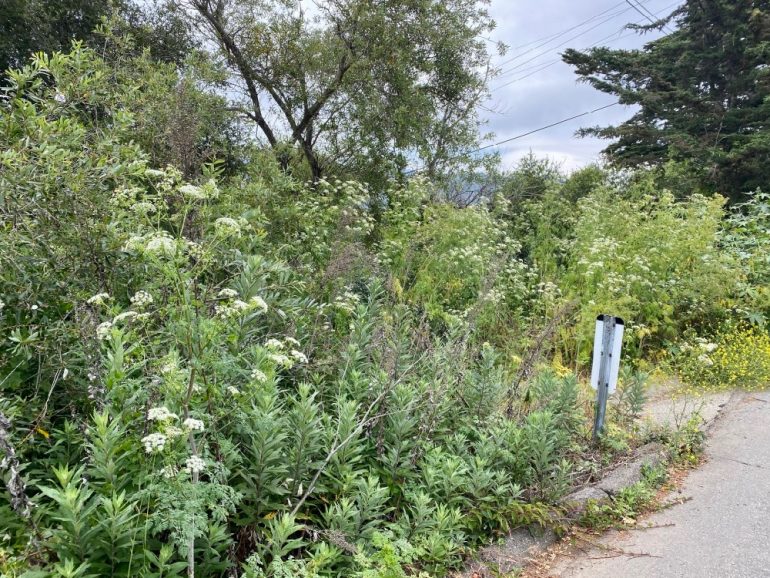 Rancho Cariñoso has a great old-school sign, and the “private property” is in the same style as the occasional Montecito Police Patrol signs you still see around town. The barbed wire is rather aggressive, though.
Rancho Cariñoso has a great old-school sign, and the “private property” is in the same style as the occasional Montecito Police Patrol signs you still see around town. The barbed wire is rather aggressive, though.
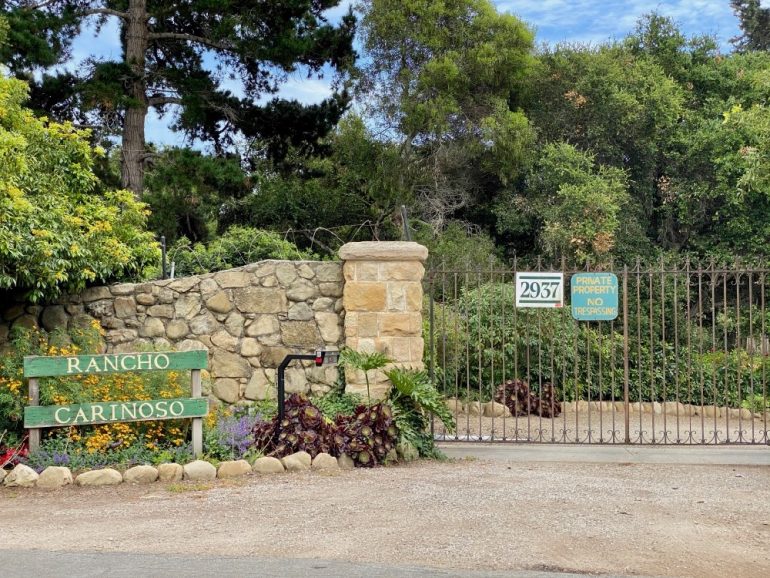 Padaro has awesome trees. Take note of the last photo—the entrance to 3165 Padaro Lane runs through a grove of magnolias.
Padaro has awesome trees. Take note of the last photo—the entrance to 3165 Padaro Lane runs through a grove of magnolias.
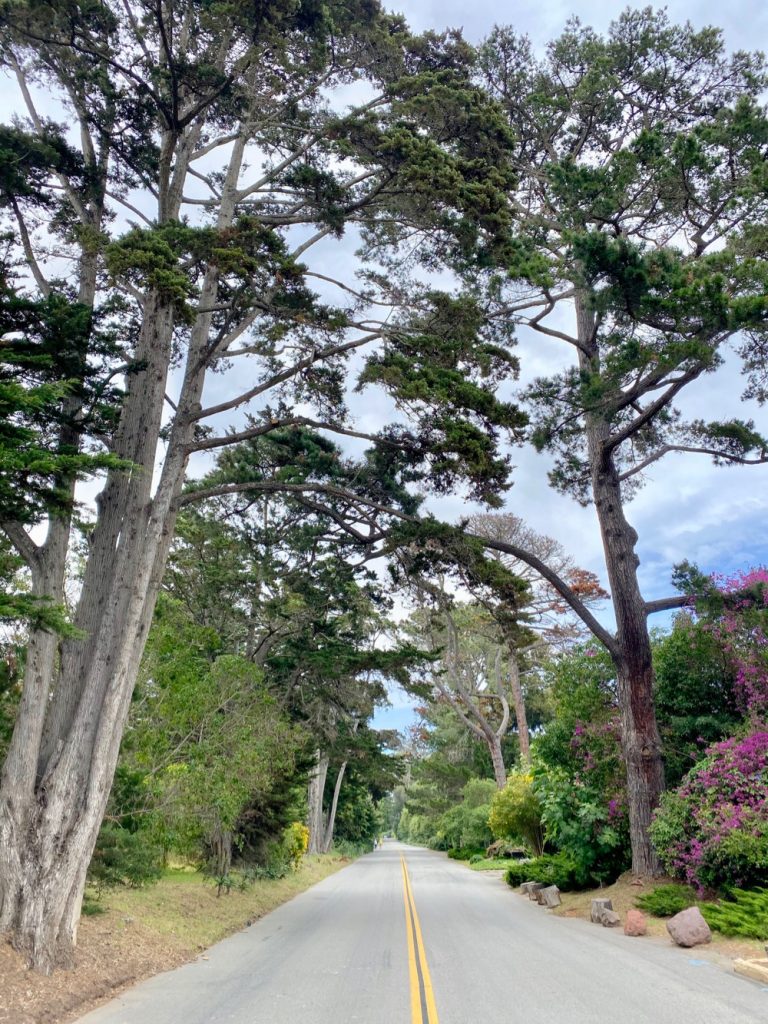
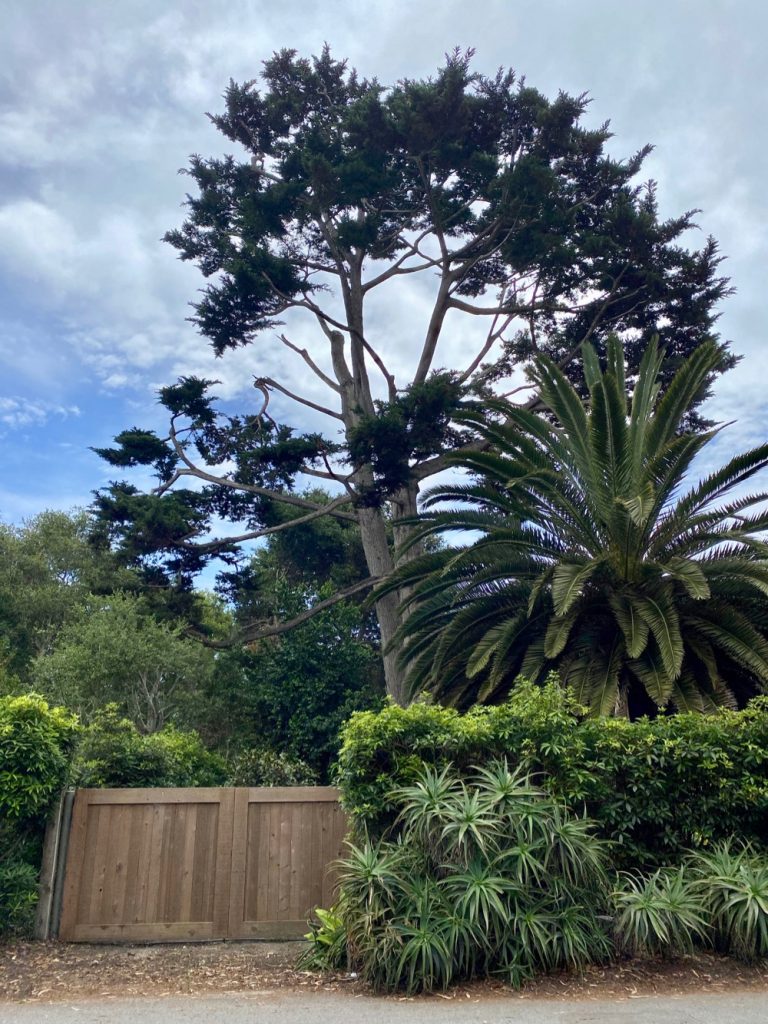
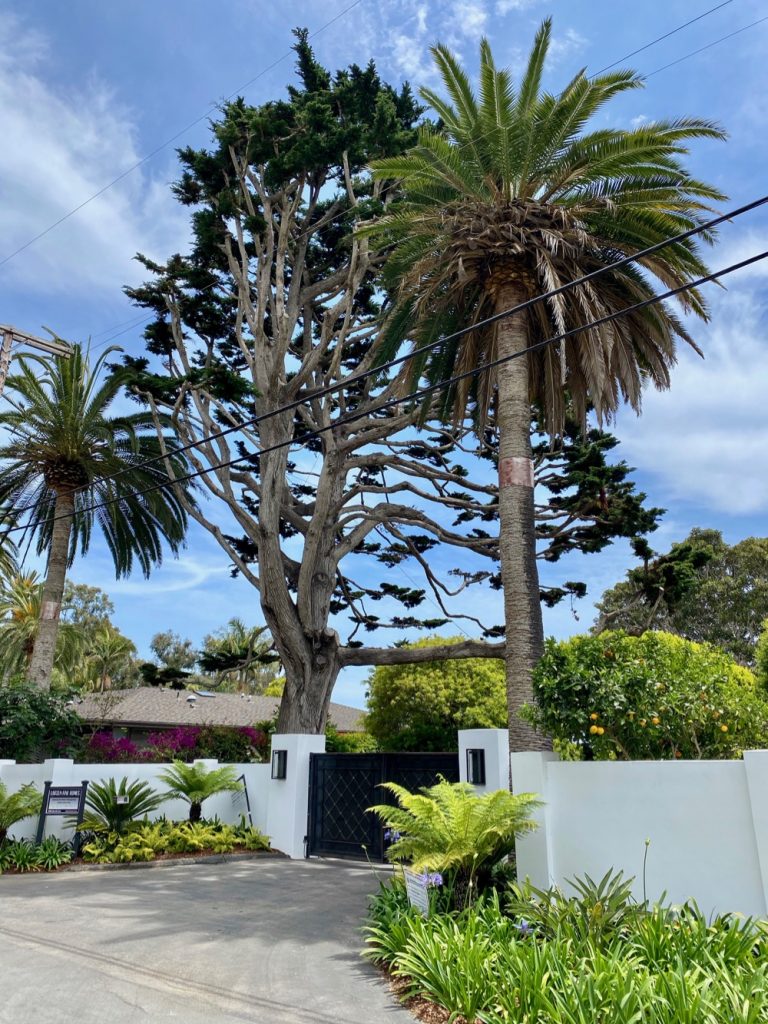
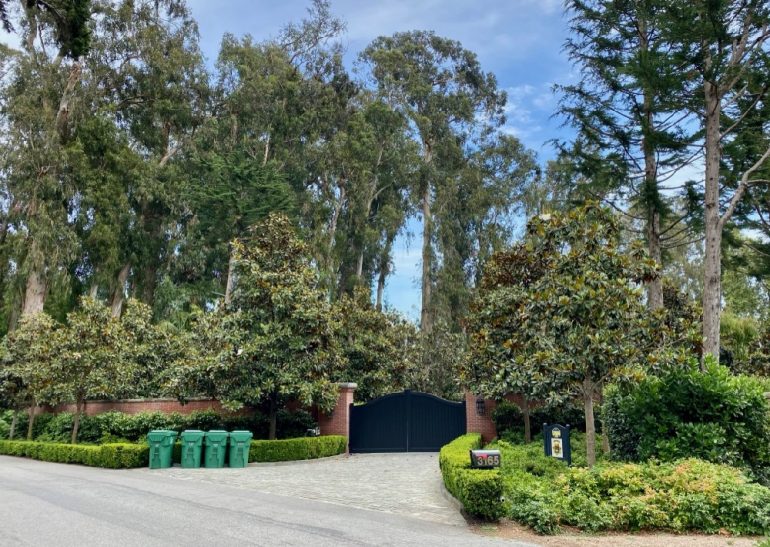 While I would prefer to actually see the houses, at least the gates range from utilitarian to ornate.
While I would prefer to actually see the houses, at least the gates range from utilitarian to ornate.
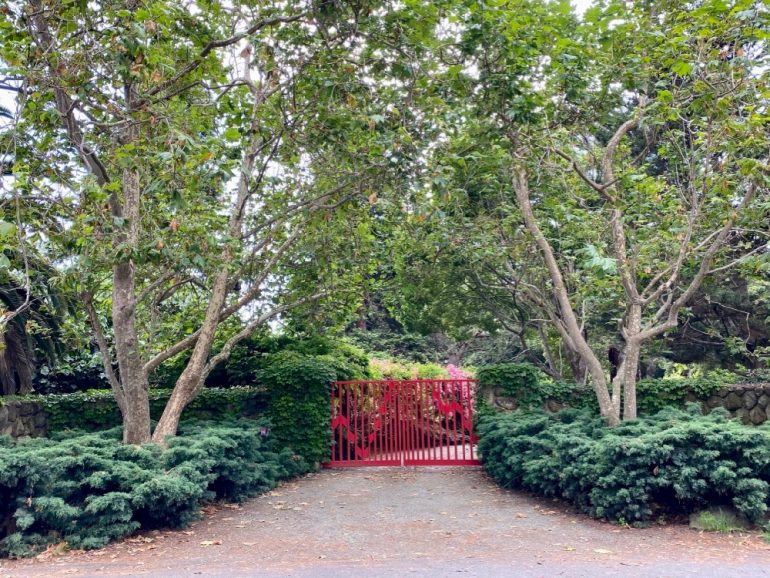
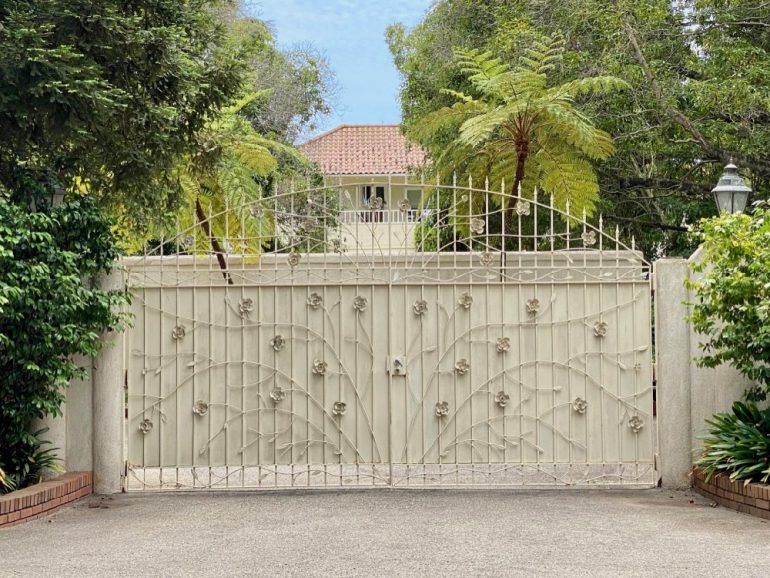
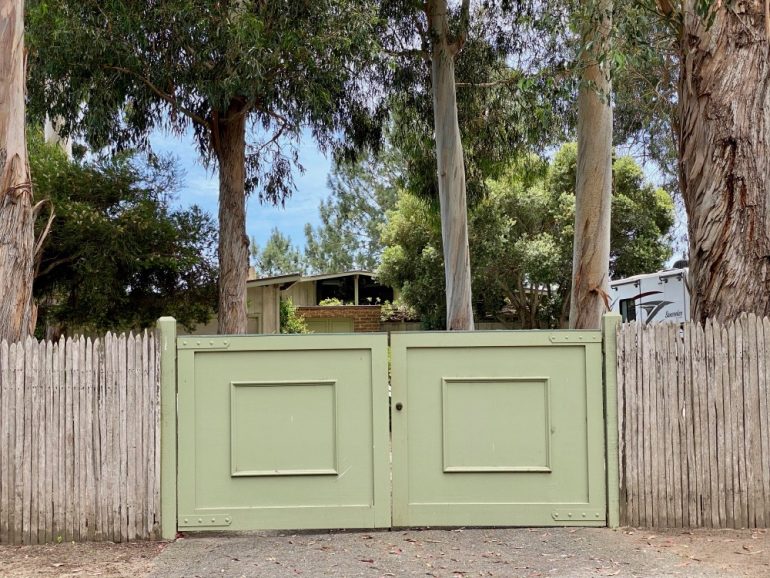
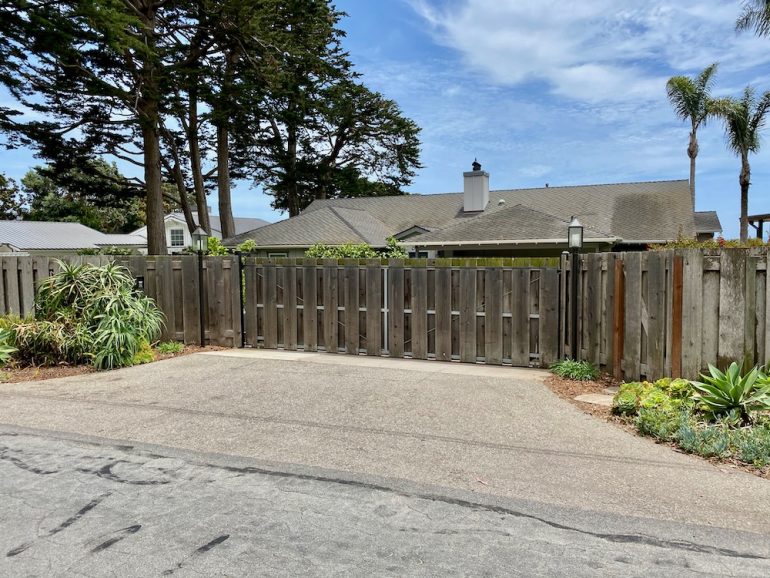
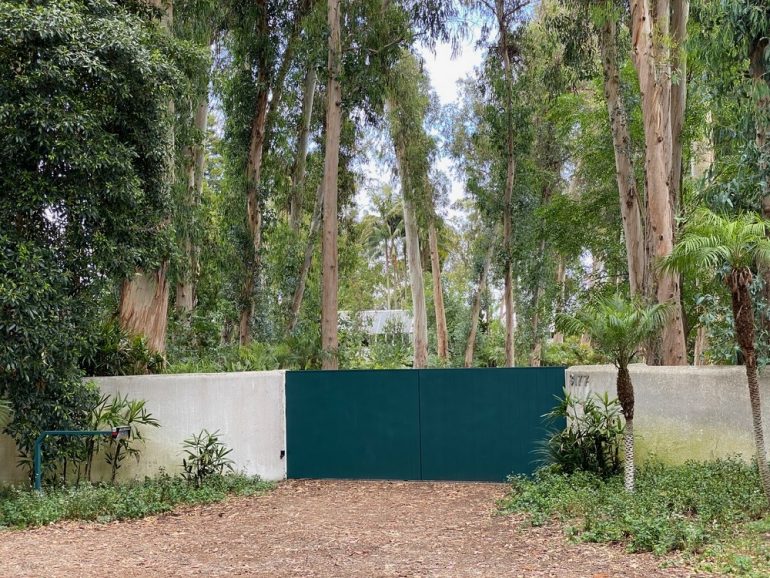
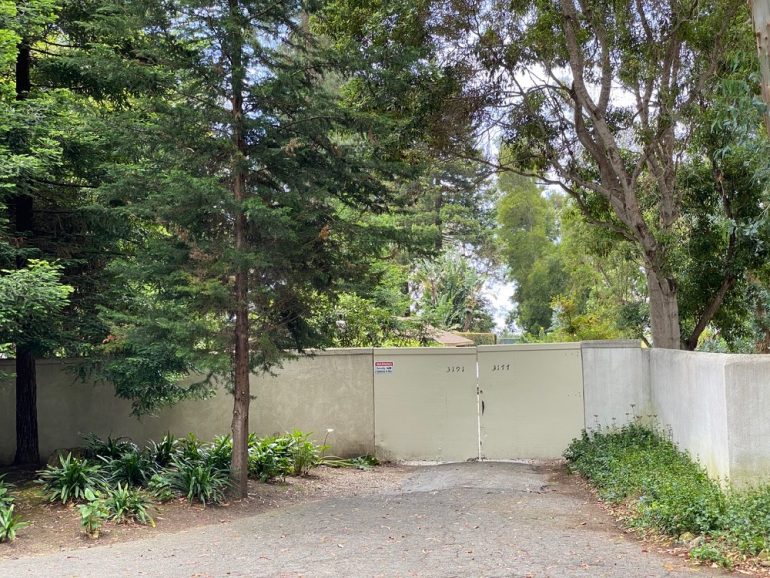 My general rule is that an interesting gate is not a great investment, but the one below gets tens across the board. It made me wonder whether anyone around here has ever made one from old surfboards.
My general rule is that an interesting gate is not a great investment, but the one below gets tens across the board. It made me wonder whether anyone around here has ever made one from old surfboards.
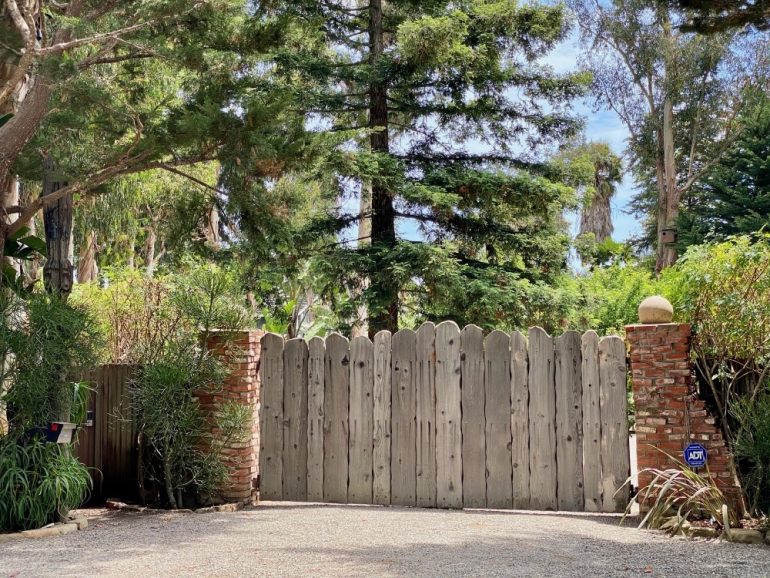 As you walk east, the focus is on the right side of the street, where the houses are. Occasionally the left side is worth paying attention to—such as the effort someone put into a border, and a pretty little parking area. (Well, it’s pretty except for the orange traffic cones.)
As you walk east, the focus is on the right side of the street, where the houses are. Occasionally the left side is worth paying attention to—such as the effort someone put into a border, and a pretty little parking area. (Well, it’s pretty except for the orange traffic cones.)
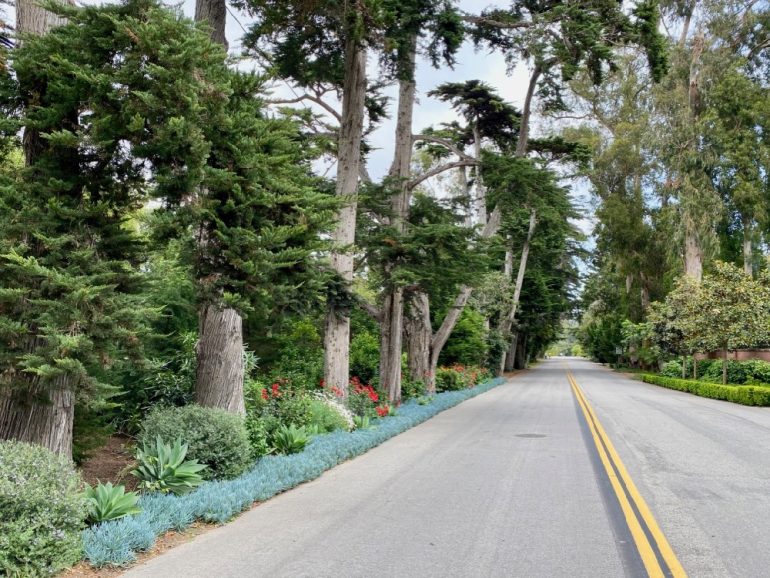
 Once you hit the U-shaped Beach Club Road (below), home to a gated community, the lots get smaller.
Once you hit the U-shaped Beach Club Road (below), home to a gated community, the lots get smaller.
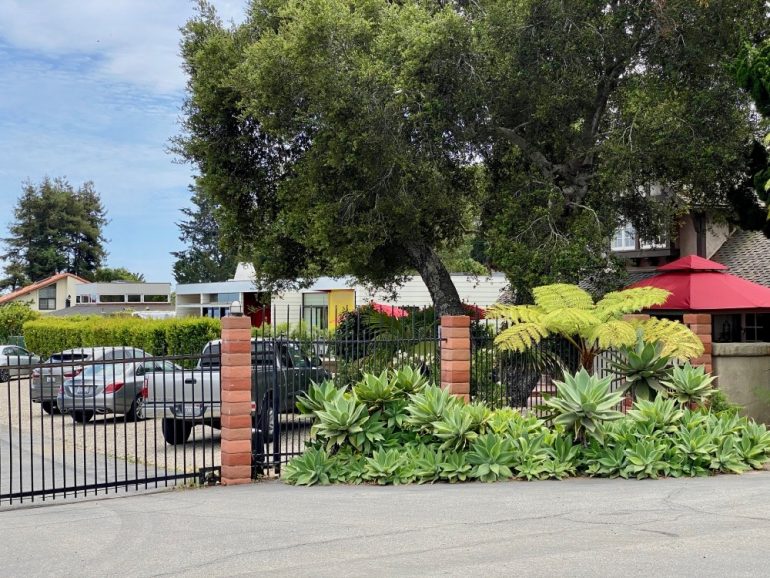 And as the lots grow smaller, houses are more likely to be closer to the street; moreover, the lots are often divided in two, which means you get a more satisfying glimpse of the one on the street. Three architectural doodads that caught my eye: a triangular gable, a permanent umbrella reminiscent of the kind McDonald’s use to have, and a long overhang serving no clear purpose.
And as the lots grow smaller, houses are more likely to be closer to the street; moreover, the lots are often divided in two, which means you get a more satisfying glimpse of the one on the street. Three architectural doodads that caught my eye: a triangular gable, a permanent umbrella reminiscent of the kind McDonald’s use to have, and a long overhang serving no clear purpose.

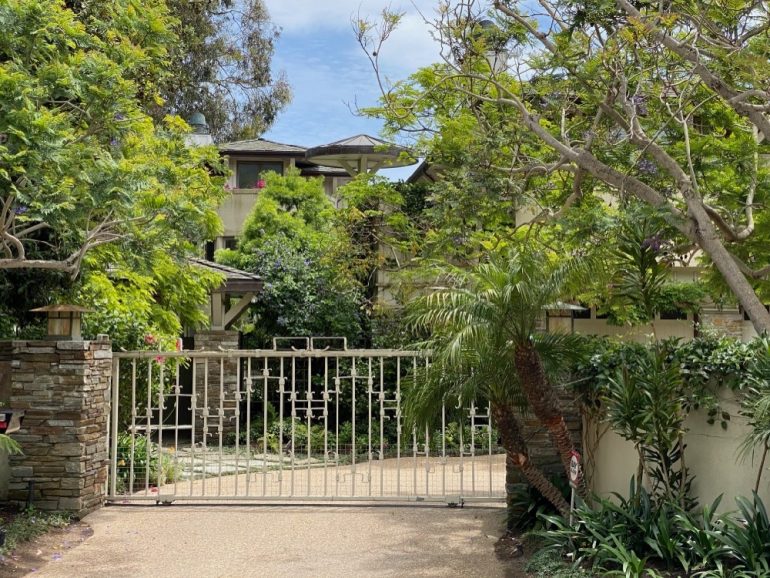
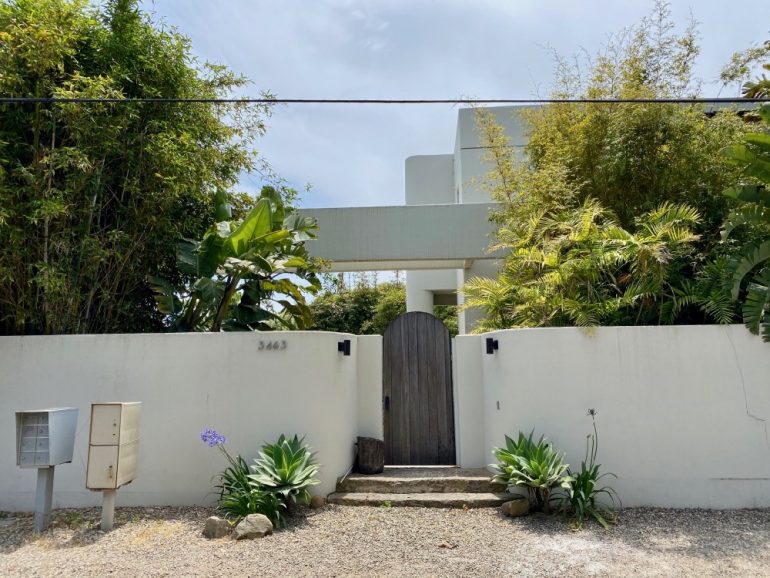 There are some beautiful contemporary houses…
There are some beautiful contemporary houses…
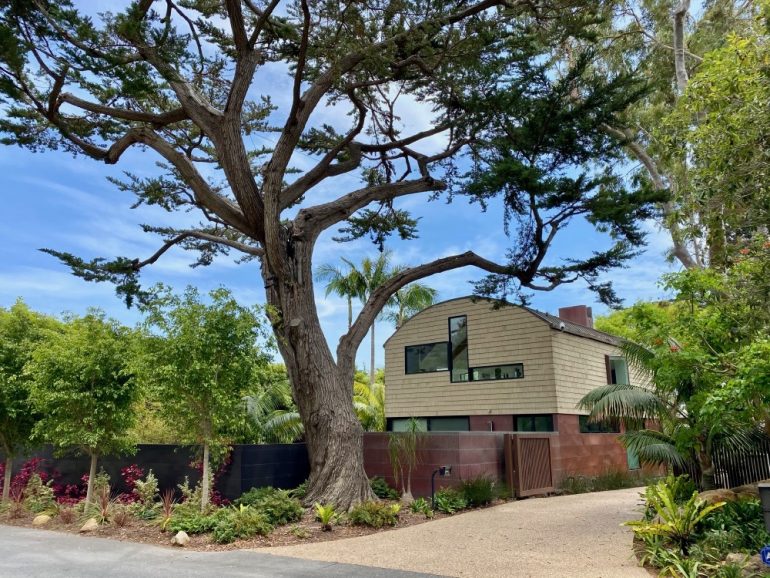
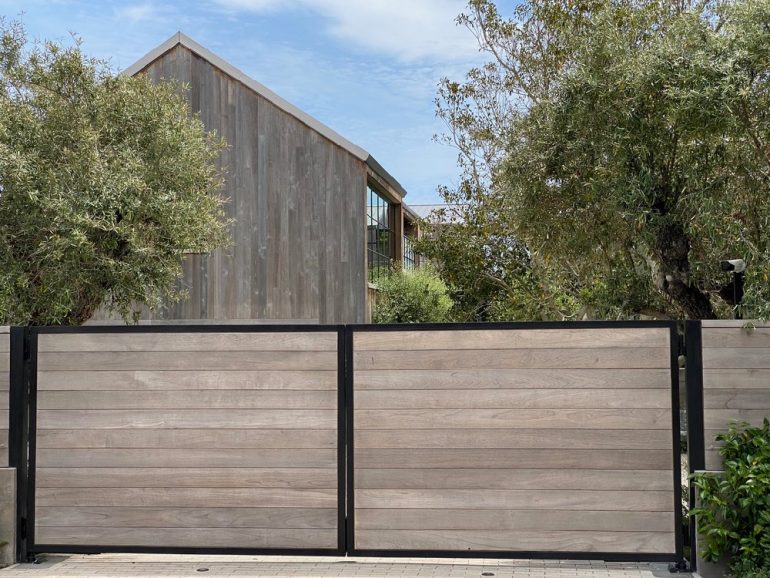 …and some mystifying ones, too.
…and some mystifying ones, too.
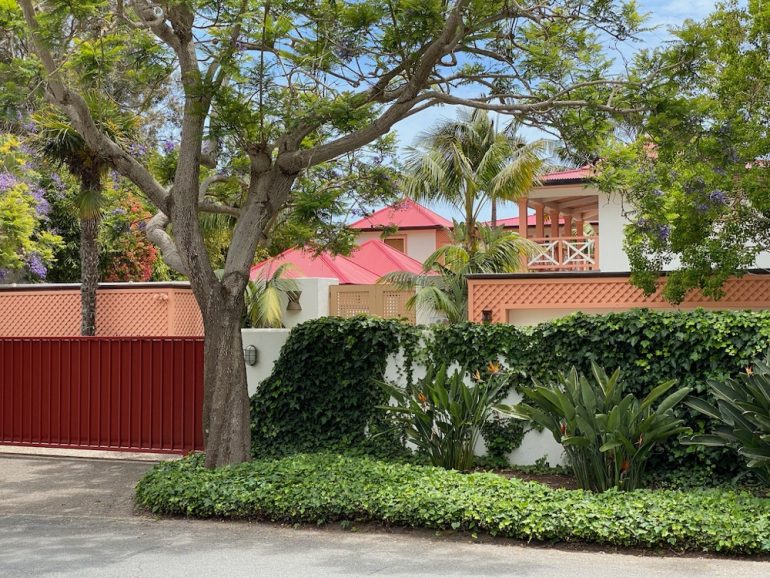 Check out the curved roof! I planned on making a point of looking for this house from the beach side on the return trip, but we decided to take the street instead.
Check out the curved roof! I planned on making a point of looking for this house from the beach side on the return trip, but we decided to take the street instead.
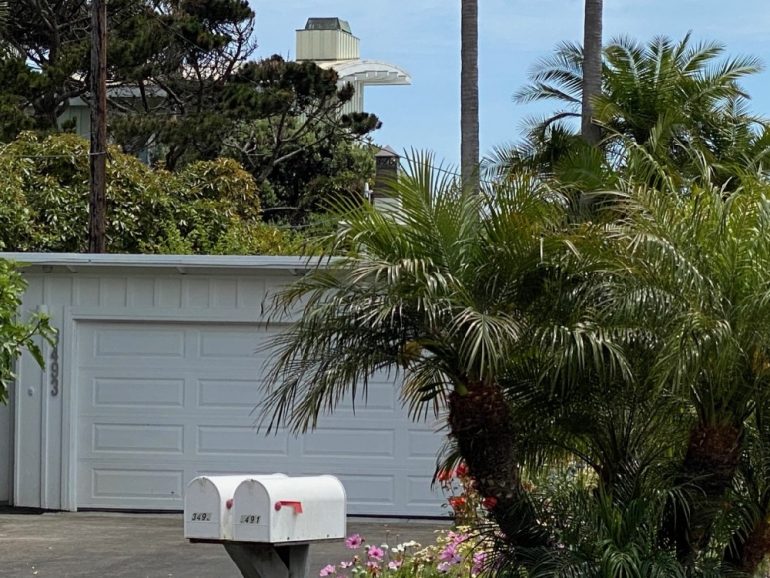
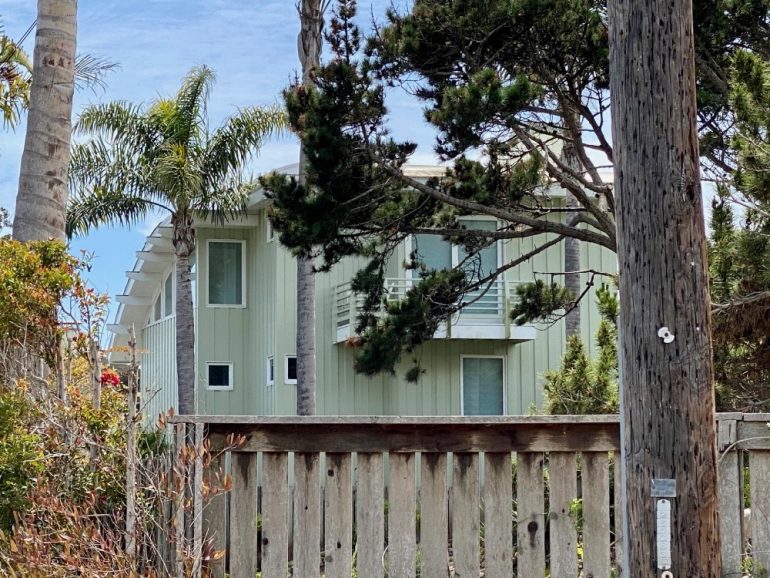 All the palms on this channel make it feel like somewhere tropical.
All the palms on this channel make it feel like somewhere tropical.
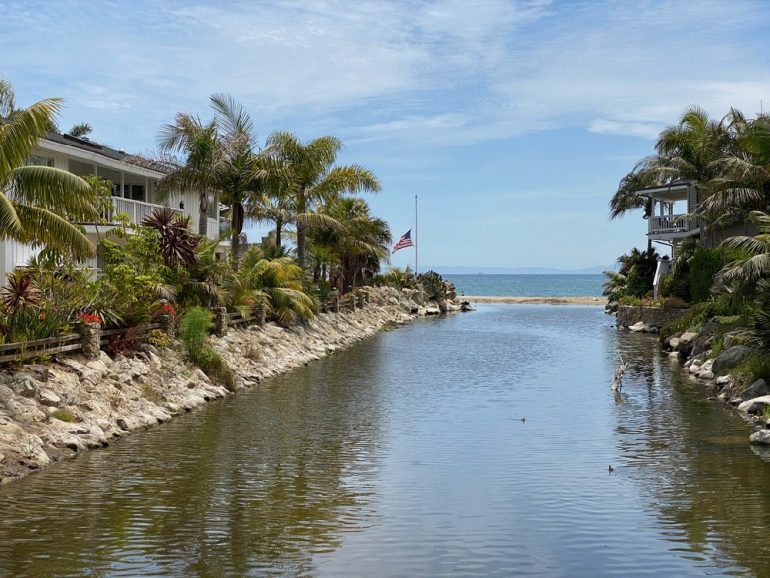 By this point, the lots are thin slivers angled toward the beach, presumably to maximize views. The lack of gates lets you see much more. If I remember correctly, the quaint midcentury house in the second photo is slated for demolition.
By this point, the lots are thin slivers angled toward the beach, presumably to maximize views. The lack of gates lets you see much more. If I remember correctly, the quaint midcentury house in the second photo is slated for demolition.
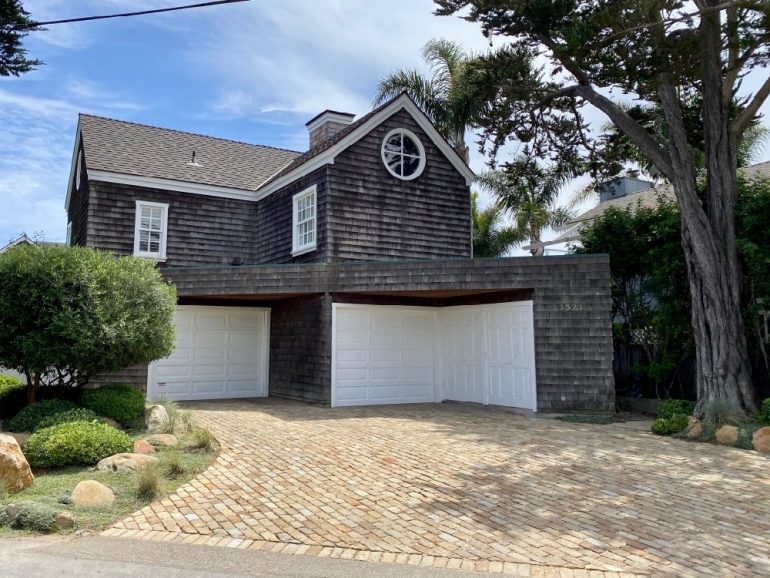
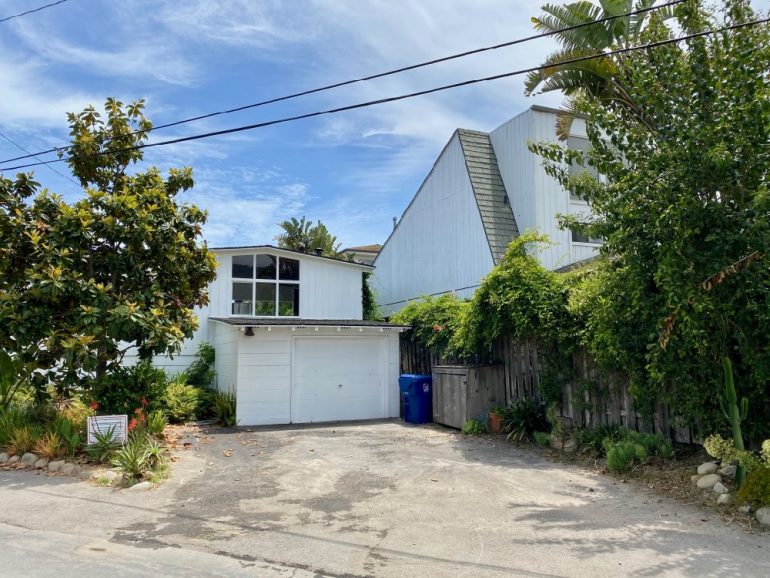
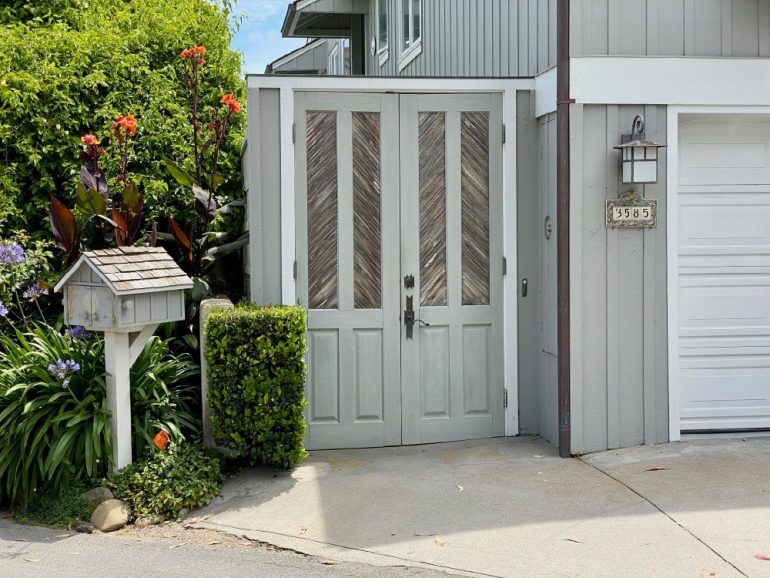 Sometimes, of course, you might prefer to see less.
Sometimes, of course, you might prefer to see less.
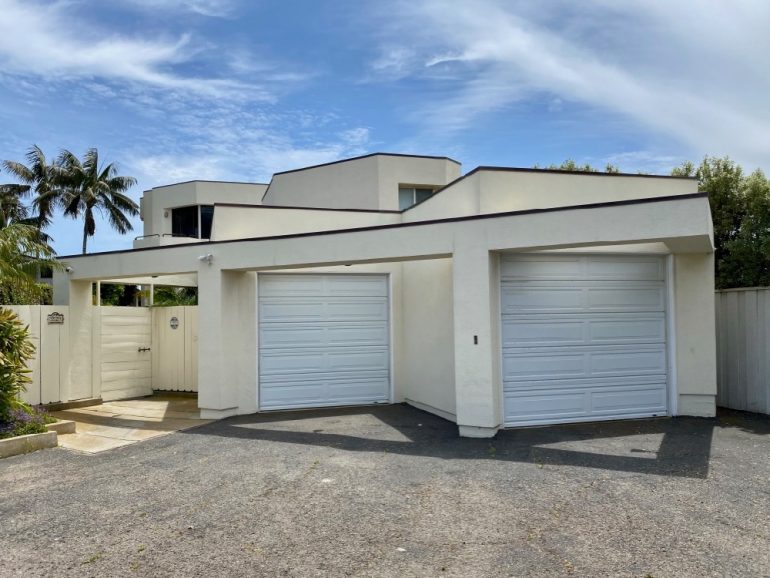 This white house reminded me of the Shutters on the Beach hotel in Santa Monica (and it makes for a striking counterpoint to the brown one next door). In the second photo, check out the curtained entrance next door.
This white house reminded me of the Shutters on the Beach hotel in Santa Monica (and it makes for a striking counterpoint to the brown one next door). In the second photo, check out the curtained entrance next door.
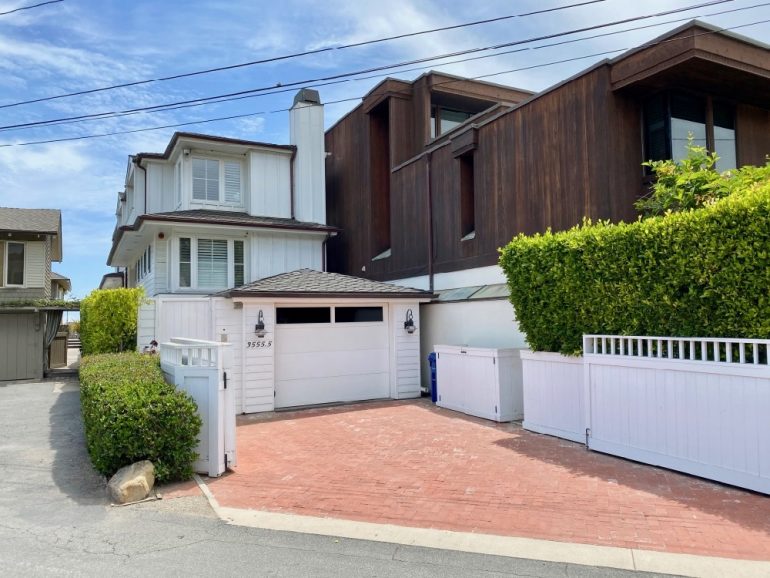
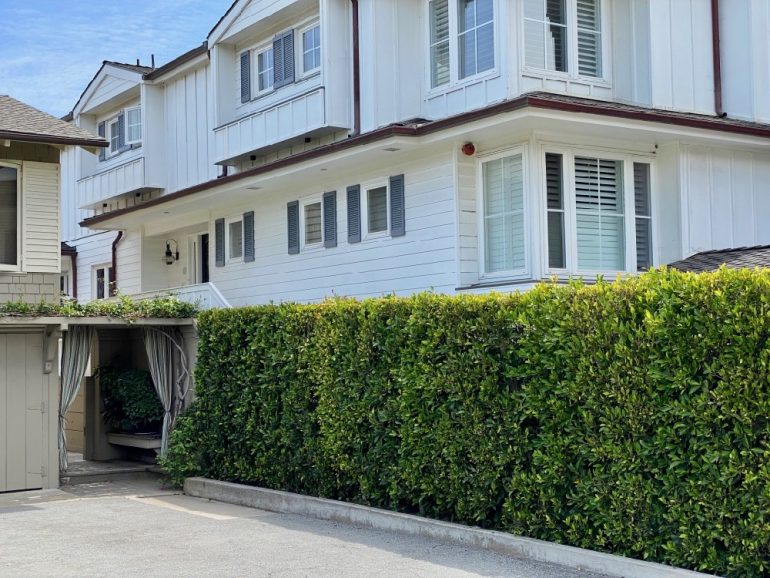 Unpainted wood shingles are especially well-suited to the street; maybe more new houses will go that direction.
Unpainted wood shingles are especially well-suited to the street; maybe more new houses will go that direction.
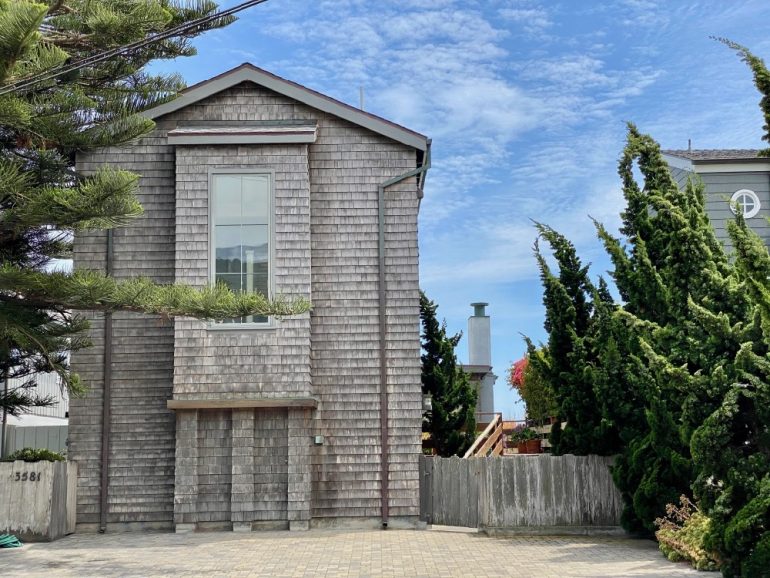 This might be the biggest house we saw…
This might be the biggest house we saw…
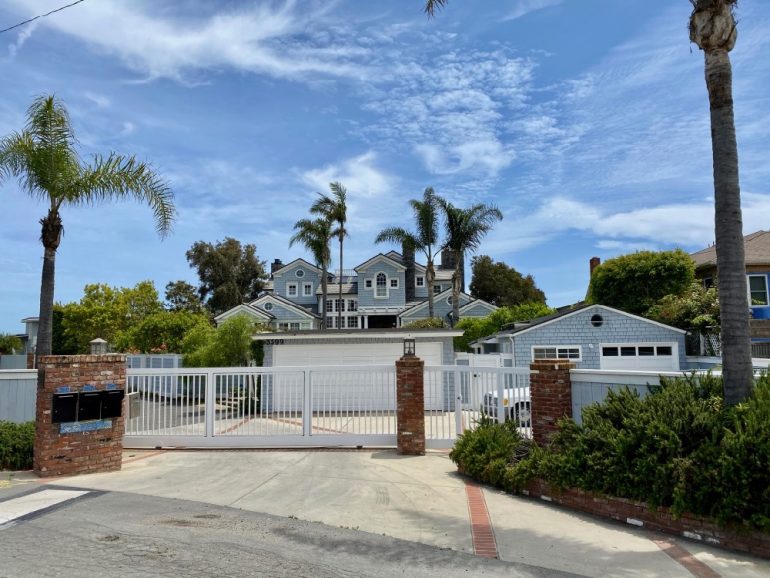 …and this the most awkward. Even the name on the plaque—EXTA-SEA—is a groaner.
…and this the most awkward. Even the name on the plaque—EXTA-SEA—is a groaner.
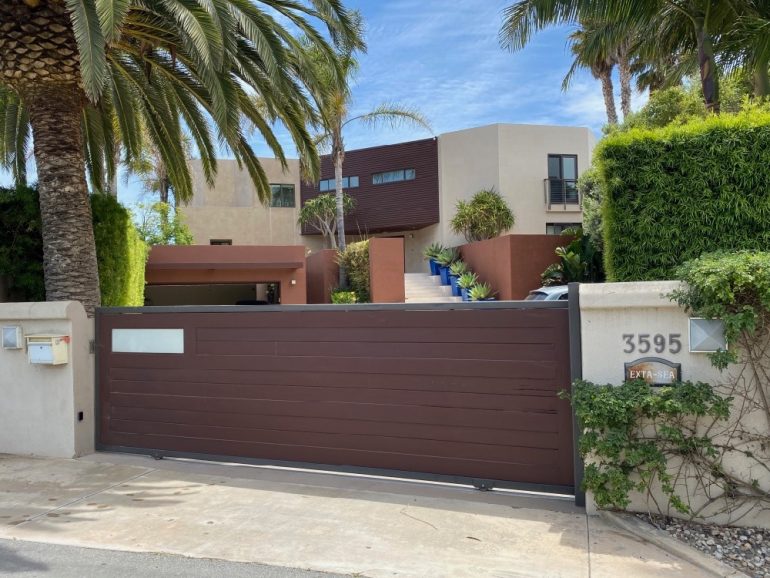 We turned around where the street crosses the railroad track, but not before standing on the tracks—always a thrill—and noticing how much Sand Point Road looks like a mirage, or perhaps a sun-bleached Emerald City.
We turned around where the street crosses the railroad track, but not before standing on the tracks—always a thrill—and noticing how much Sand Point Road looks like a mirage, or perhaps a sun-bleached Emerald City.
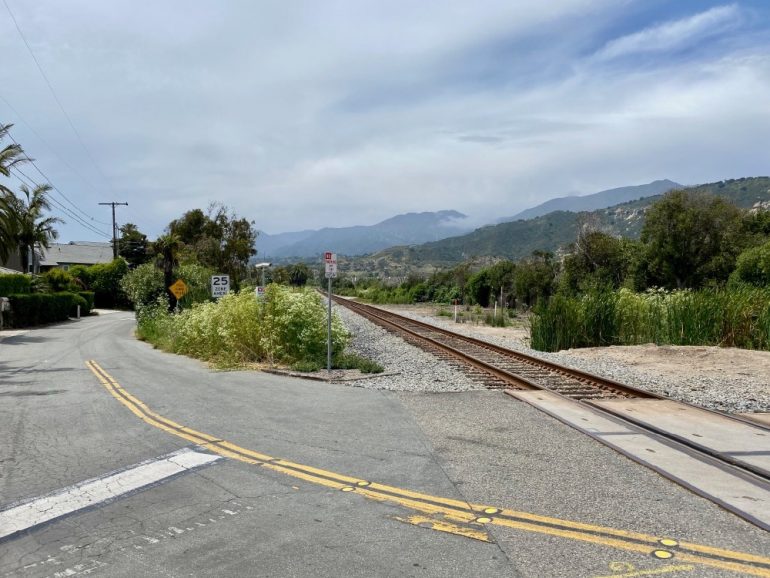
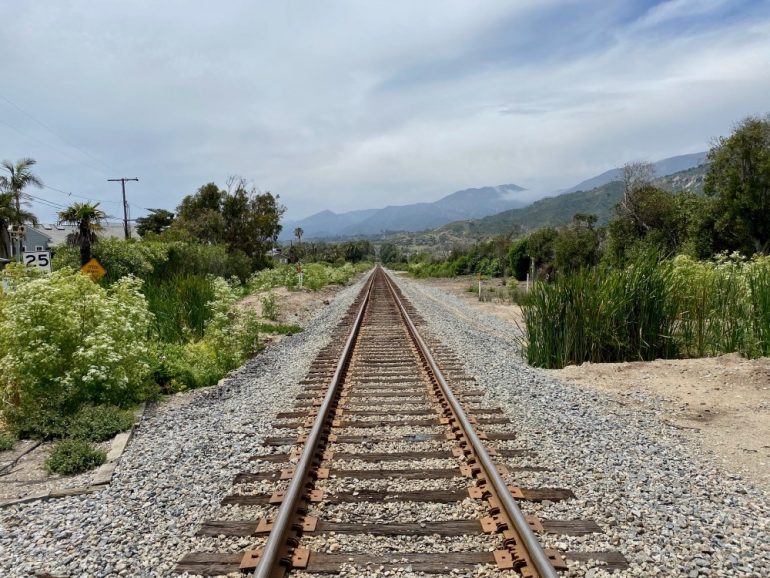
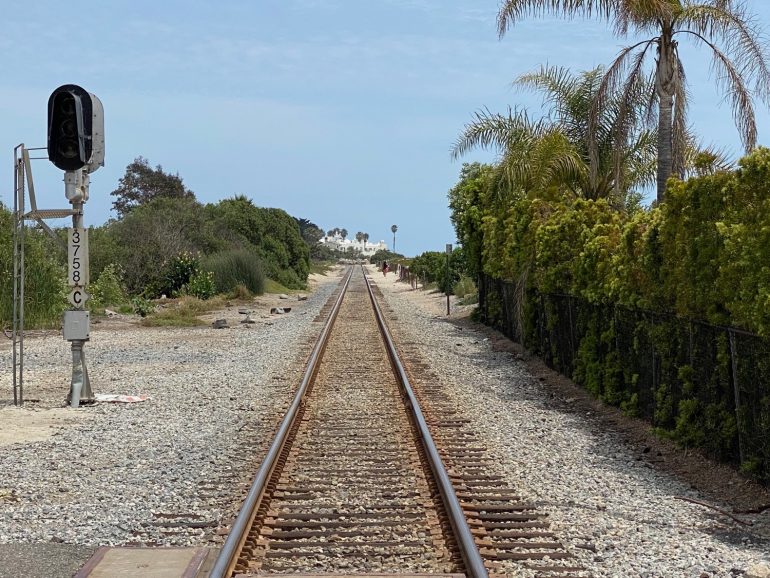 Possibly because of the way the lots are angled, we noticed things on the way back that we hadn’t seen before: the appealing gray and white houses side by side, a mermaid mailbox, a garage with a cutout to allow for easier access, and the “kapu” sign. From Wikipedia: “Kapu is the ancient Hawaiian code of conduct of laws and regulations. The kapu system was universal in lifestyle, gender roles, politics and religion. [..] The Hawaiian word kapu is usually translated to English as ‘forbidden,’ though it also carries the meanings of ‘keep out,’ ‘no trespassing,’ ‘sacred,’ ‘consecrated,’ or ‘holy.'”
Possibly because of the way the lots are angled, we noticed things on the way back that we hadn’t seen before: the appealing gray and white houses side by side, a mermaid mailbox, a garage with a cutout to allow for easier access, and the “kapu” sign. From Wikipedia: “Kapu is the ancient Hawaiian code of conduct of laws and regulations. The kapu system was universal in lifestyle, gender roles, politics and religion. [..] The Hawaiian word kapu is usually translated to English as ‘forbidden,’ though it also carries the meanings of ‘keep out,’ ‘no trespassing,’ ‘sacred,’ ‘consecrated,’ or ‘holy.'”
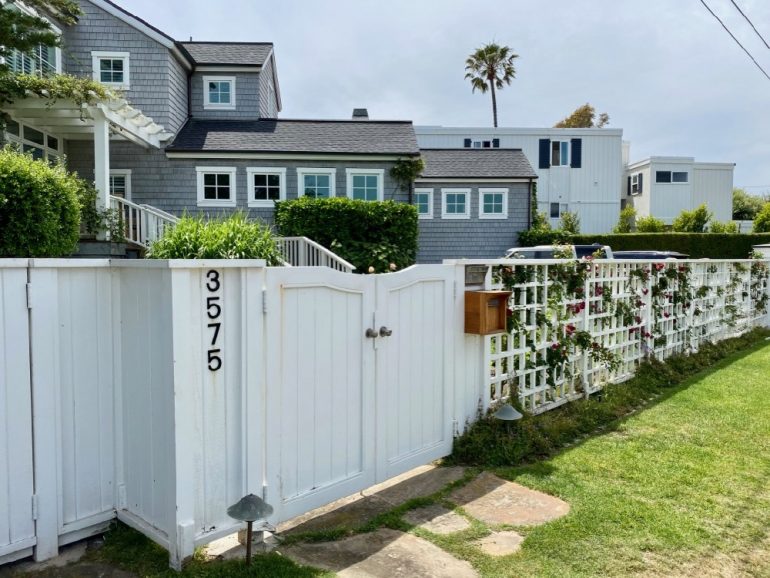
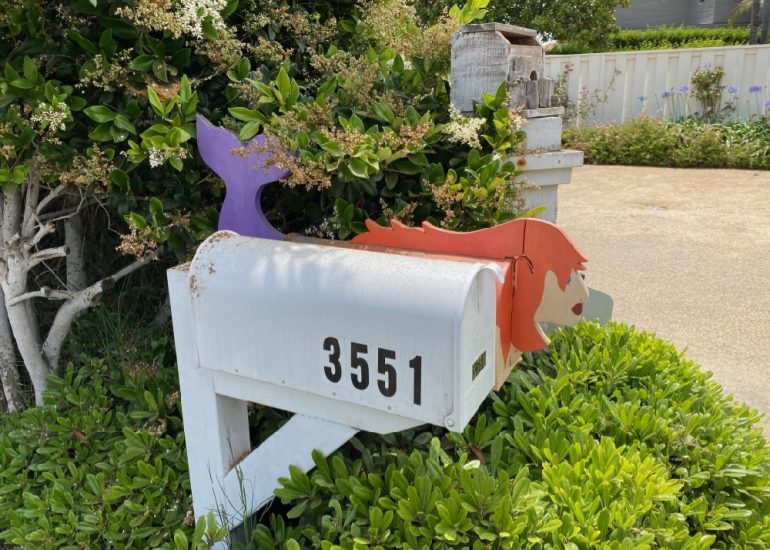
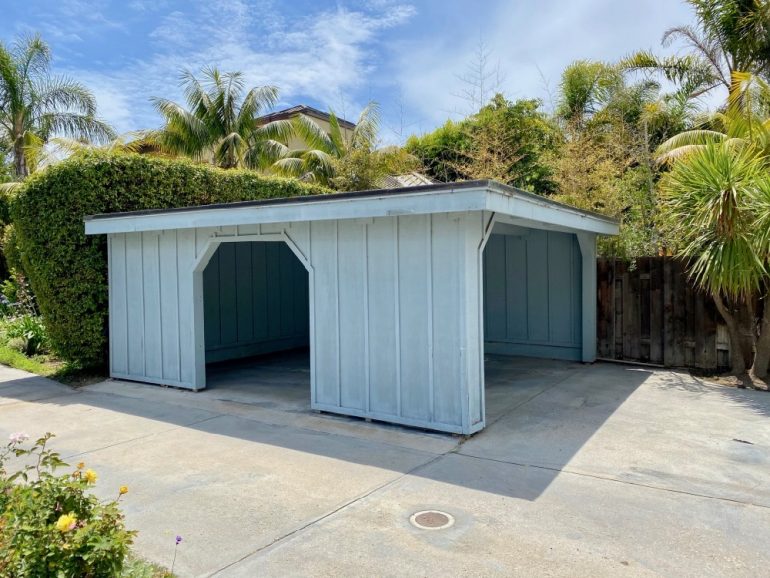
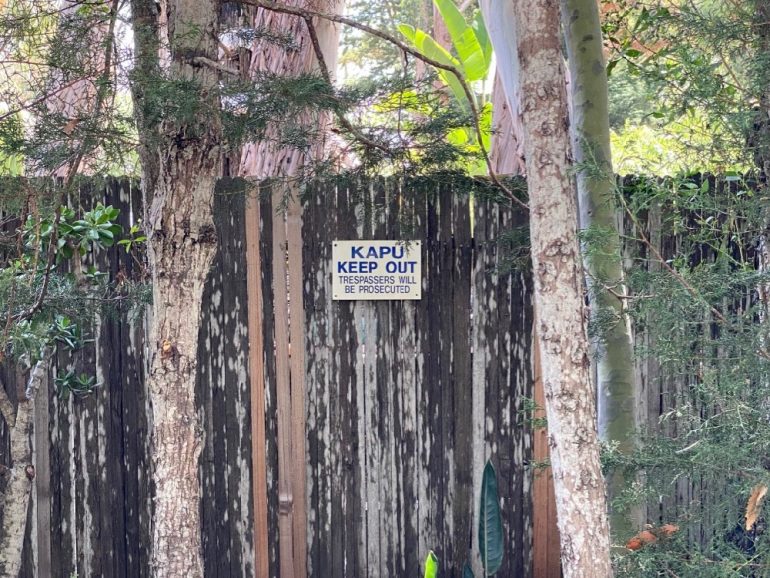 Almost back where we started is the lush bougainvillea hedge at 2825 Padaro Lane, a 10-acre property that Kevin Costner listed in 2017 for $60 million, then slashed the price twice till it was $49 million. It doesn’t appear to have sold, but a plan was filed with the county last October for “the construction of a new approximately 16,388-square-foot single family dwelling, approximately 3,365 square feet of accessory structures, a new pool and spa, a new pond, and associated infrastructure.”
Almost back where we started is the lush bougainvillea hedge at 2825 Padaro Lane, a 10-acre property that Kevin Costner listed in 2017 for $60 million, then slashed the price twice till it was $49 million. It doesn’t appear to have sold, but a plan was filed with the county last October for “the construction of a new approximately 16,388-square-foot single family dwelling, approximately 3,365 square feet of accessory structures, a new pool and spa, a new pond, and associated infrastructure.”
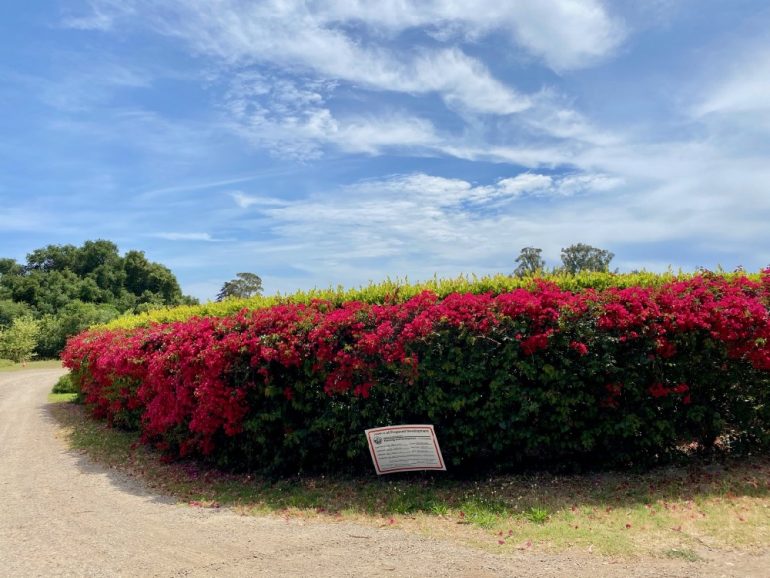 Previous “Walk With Me” posts:
Previous “Walk With Me” posts:
• Social Distancing Made Easy at UCSB
• In the Heart of the Golden Quadrangle
• Is There a Better Neighborhood for a Stroll Than West Beach?
• Up, Down, and All Around Montecito’s Pepper Hill
• E. Canon Perdido, One of Downtown’s Best Strolling Streets
• Montecito’s Prestigious Picacho Lane
• Whitney Avenue in Summerland
• School House Road and Camphor Place


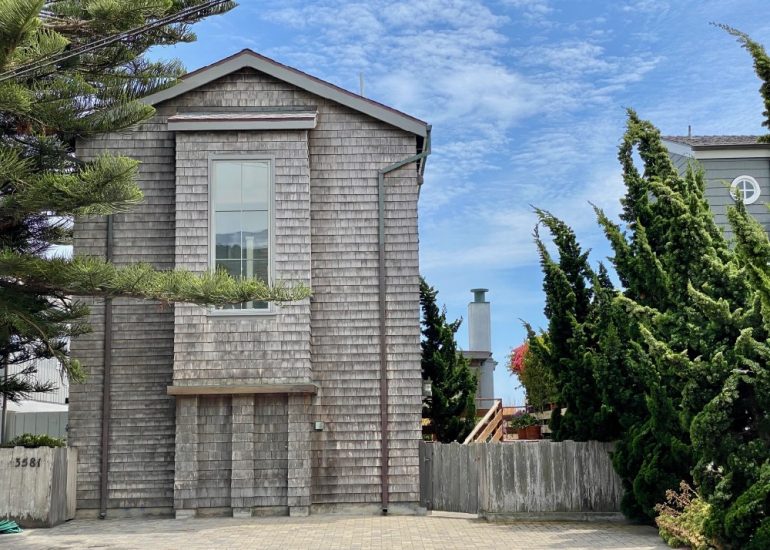


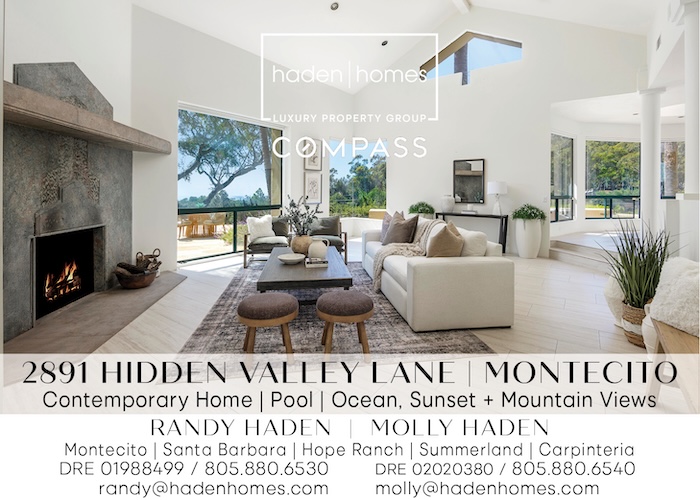



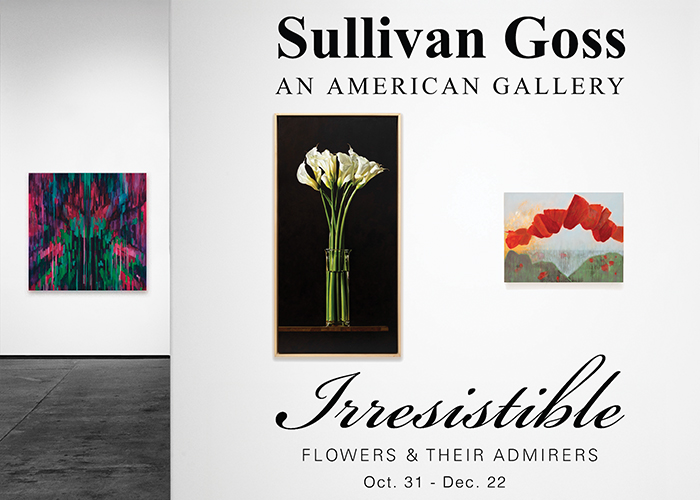
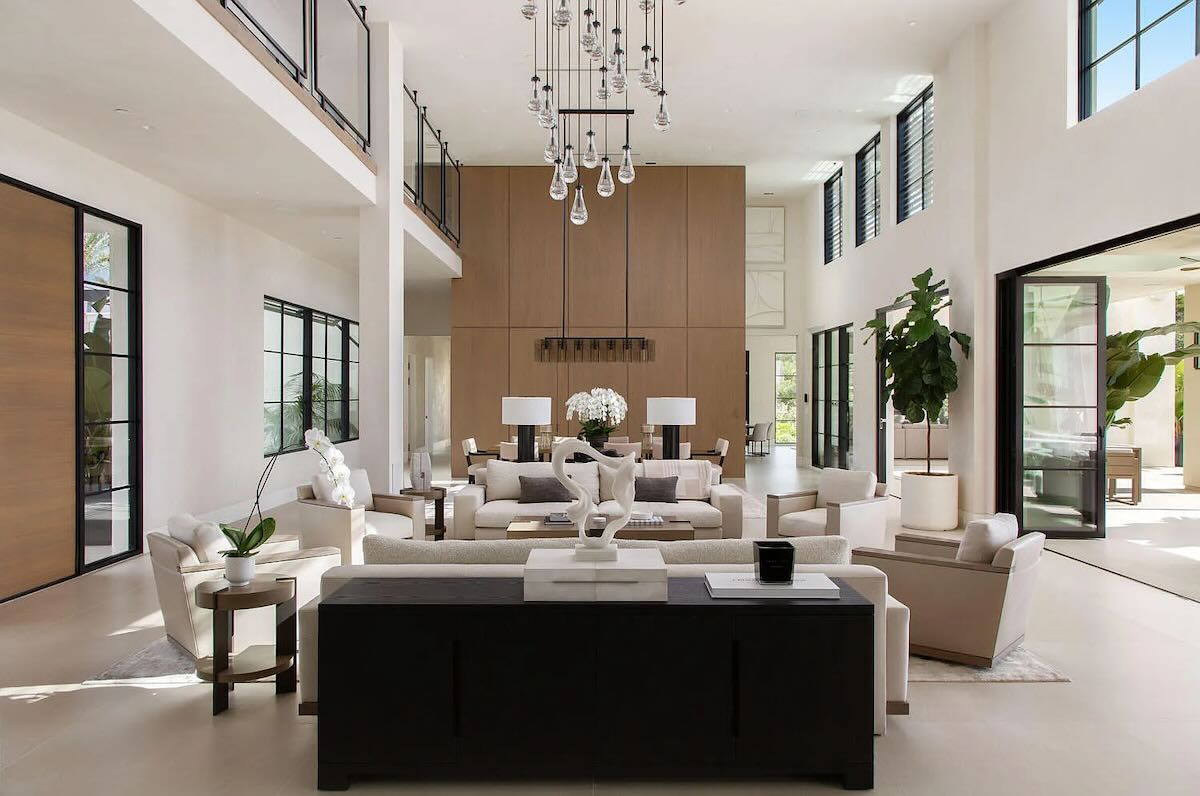



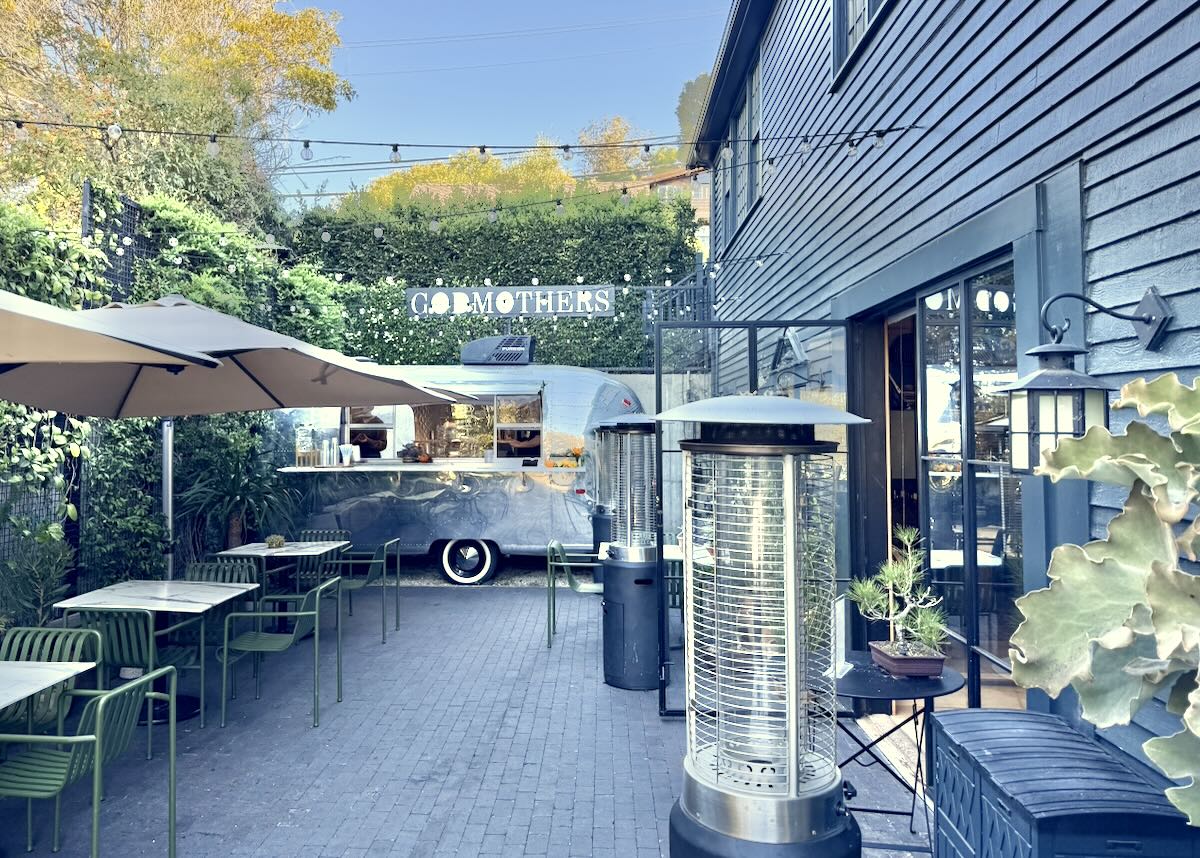
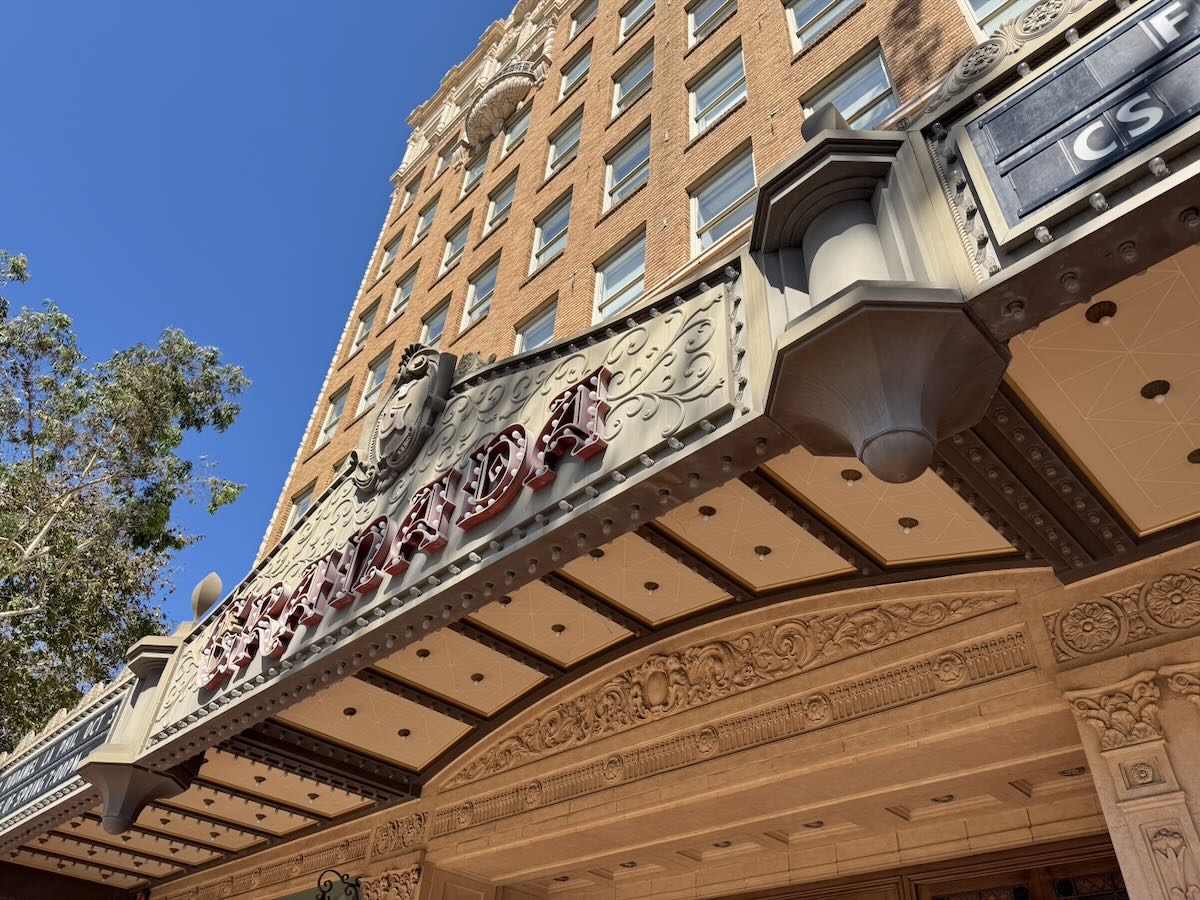

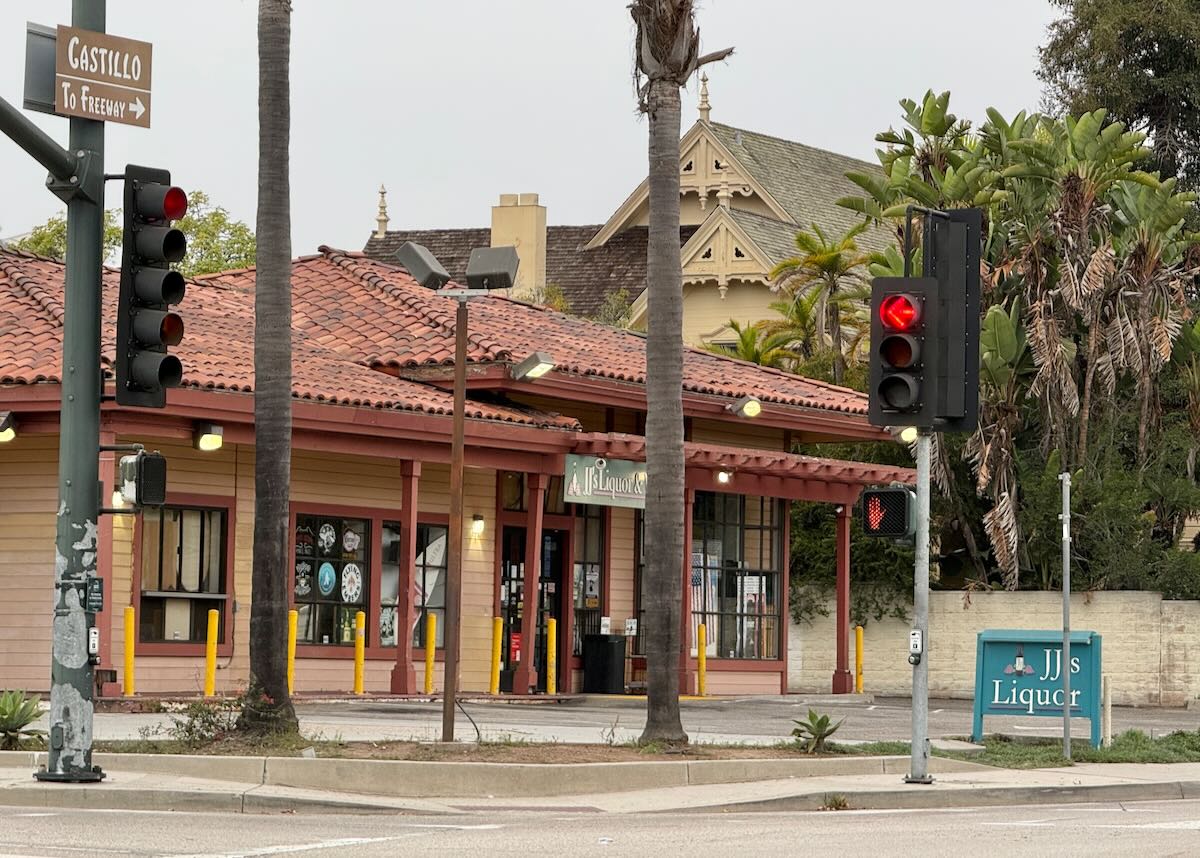

Comment: